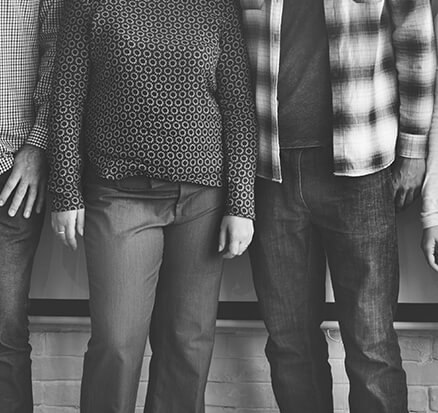Poor Mr Ghali. He seemed to be trying to do the right thing. He separated from his wife of 20 years and let her stay in the former matrimonial home, which they jointly owned (house 1). He even let her in on the deal to buy himself a new house by making her a joint owner (house 2). Mrs Ghali then wanted an upgrade to house 1. (She liked what he had “done with the place” at house 2 and why shouldn’t she be allowed to have the same standard of home?)
So being the nice guy he is, Mr Ghali agreed not only to renovate house 1 but to also move out of house 2 and into house 1 while the renovations were happening, and for Mrs Ghali to move into house 2 with all of her furniture. For 6 long years Mr Ghali toiled to fix up house 1! And then they swapped back. But no good deed goes unpunished. The Office of State Revenue came a knockin’. They claimed Land Tax on house 2 for 3 of the 6 years Mr Ghali was busy with the renovations.
Mr Ghali objected, saying that house 2 was his principal place of residence and so exempt from Land Tax (Land Tax Management Act 1956 (NSW) s10(1)(r) and Sch. 1A). The Chief Commissioner rejected the objection. So off to the Administrative Decisions Tribunal they went where in Ghali v Chief Commissioner of State Revenue [2011] NSWADT 261 Judicial Member Perrignon agreed with Mr Ghali. You see! Good guys don’t always finish last.
“No ways!” said the Commissioner, and on appeal they went to the ADT Appeal Panel where in Chief Commissioner of State Revenue v Ghali (RD) [2012] NSWADTAP 20 a 3 person panel granted the appeal and found Mr Ghali liable. ”Can’t be!” said Mr Ghali. “Good guys don’t finish last” he said. And so he appealed to the NSW Court of Appeal.
The NSWCA decision was handed down on 17 October 2013 in Ghali v Chief Commissioner of State Revenue [2013] NSWCA 340 (judgment by Judge of Appeal Basten, with Acting Judge of Appeal Tobias and Judge McDougall agreeing). Mr Ghali’s argument all along was, in essence, that house 2 was his principal place of residence. He had only moved out temporarily so that his wife could have a place to stay while he was busy with the renovations at house 1.
Mr Ghali’s problem is the way in which the section granting the exemption for Land Tax for a primary residence is worded. It states:
“Principal place of residence exemption
(1) Land used and occupied by the owner as the principal place of residence of the owner of the land, and for no other purpose, is exempt from taxation under this Act …
(2) Land is not used and occupied as the principal place of residence of a person unless: (a) the land, and no other land, has been continuously used and occupied by the person for residential purposes and for no other purposes since 1 July in the year preceding the tax year in which land tax is levied, …”
The problem for Mr Ghali is the underlined wording. Due to his moving out of house 2, he could not be said to be in continuous use and occupation of that property. The Court of Appeal found that, although he may have intended to return to house 2 one day and so was only temporarily not in use and occupation, subsection (2) shot down this argument as it, in specific terms, required continuous use and occupation. It was simply a matter of fact as to whether Mr Ghali was in use and occupation during the period in question. Issues of future intention did not enter the question.
So that was that for Mr Ghali. Appeal dismissed, and with Mr Ghali to pay the Office of State Revenue’s costs, just to rub salt into the wounds. So what is the moral of the story (other than that nice guys always finish last)? Tax laws can be confusing and can have a sting in the tail. One should obtain proper tax advice each year and should tell their advisors everything to do with their dealings. Even if the detail may seem irrelevant. Mr Ghali probably wishes he had done so.







